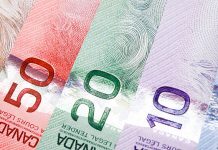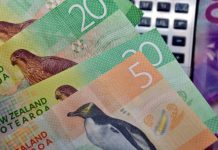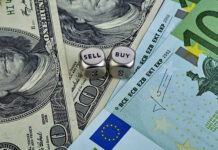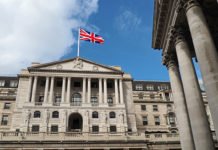Markets
The ECB used this year’s Fed play book when presenting new inflation forecasts yesterday. First: raise the short term forecasts because of an underestimation of the inflation peak (2021: 2.2% from 1.9%). Second: lengthen the time frame during which inflation will be higher than pre-pandemic (2022: 1.7% from 1.5%). Third: nevertheless stick to the view that the inflation bump is temporary in nature (2023: 1.5% from 1.4%). The latter is especially striking given that September ECB forecasts take into account a higher path for oil prices, a lower EUR FX rate, softer EUR rates and a slightly lower unemployment rate. Core inflation remains sticky around 1.3%-1.5% over the forecasting period. And finally: repeat the process in three months’ time. The Fed used the above-mentioned strategy several times already which shouldn’t surprise given their frontrunner status in the recovery. Also in absolute levels, we’re talking completely different numbers in the US with CPI running above 5% for three months already. We’re eager to find out the new Summary of Economic Projections at the September 22 FOMC meeting will look like.
The inflation narrative triggered a dovish spike lower in EUR/USD and EUR rates. The former didn’t last, the latter did. Both underlying German and US yield dynamics showed a combination of lower real yields and stable inflation expectations, restoring the balance in EUR/USD. The pair closed at 1.1825 from an 1.1816 open. US Treasuries even outperformed German Bunds after the US Treasury’s 30-yr Bond sale made it three out of three this week with respect to successful auctions. The US yield curve bull flattened with yields dropping 0.4 bps (2-yr) to 5.8 bps (30-yr). The US 10-yr yield this week thus again failed to take out 1.37% resistance. German yields fell by 1.5 bps (2-yr) to 3.9 bps (30-yr). 10-yr yield spreads vs Germany narrowed with Greece (-6 bps) and Italy (-4 bps) outperforming. Peripheral bonds feel comforted by the “slightly lower” pace of weekly PEPP purchases in Q4 2021 while a decision on scaling down purchases post-PEPP (March 2022) is postponed to the December meeting.
Today’s eco calendar is empty on both sides of the Atlantic apart from speeches by Fed and ECB governors. For Fed members it’s the final occasion to speak out before the black-out period kicks in ahead of next week’s FOMC meeting. Regarding the ECB, we expect a rising amount of diverging opinions on the amount of stimulus the economy still needs going forward. From a market point-of-view, the FOMC-countdown period starts. The jury is still out on a potential tapering announcement, which is our preferred scenario. We don’t expect a continuation of yesterday’s setback in yields with EUR/USD treading water for the time being.
News headlines
In its 2022 budget, France avoids a return to austerity to repair public finances, as it did in the wake of the GFC. Instead, the country will rely on investment and growth and spur innovation to cut the debt burden. It will deliver on a promised corporate tax cut from 33% to 25% and is fleshing out the details of a separate multi-year investment plan worth tens of billions for new industrial sectors and support for training and employment of young people. The 2022 budget foresees 4% GDP growth, a 4.8% deficit and a GDP ratio of 114%.
China intervened in the oil market this summer by releasing crude from its strategic reserve with the explicit aim of lowering prices. It was the first time ever that it did. The move came as energy costs ranging from oil over coal to natural gas are surging in China, with some provinces even forcing some factories to cut production amid electricity shortages. Data yesterday showed Chinese PPI soaring to 9.5%, the highest in more than a decade. The National Food and Strategic Reserves Administration didn’t disclose how much oil it released from its 220 mln barrel stock but people familiar said it was in the millions of barrels. The agency also indicated it would continue to release barrels to “better stabilise domestic market supply and demand”.













